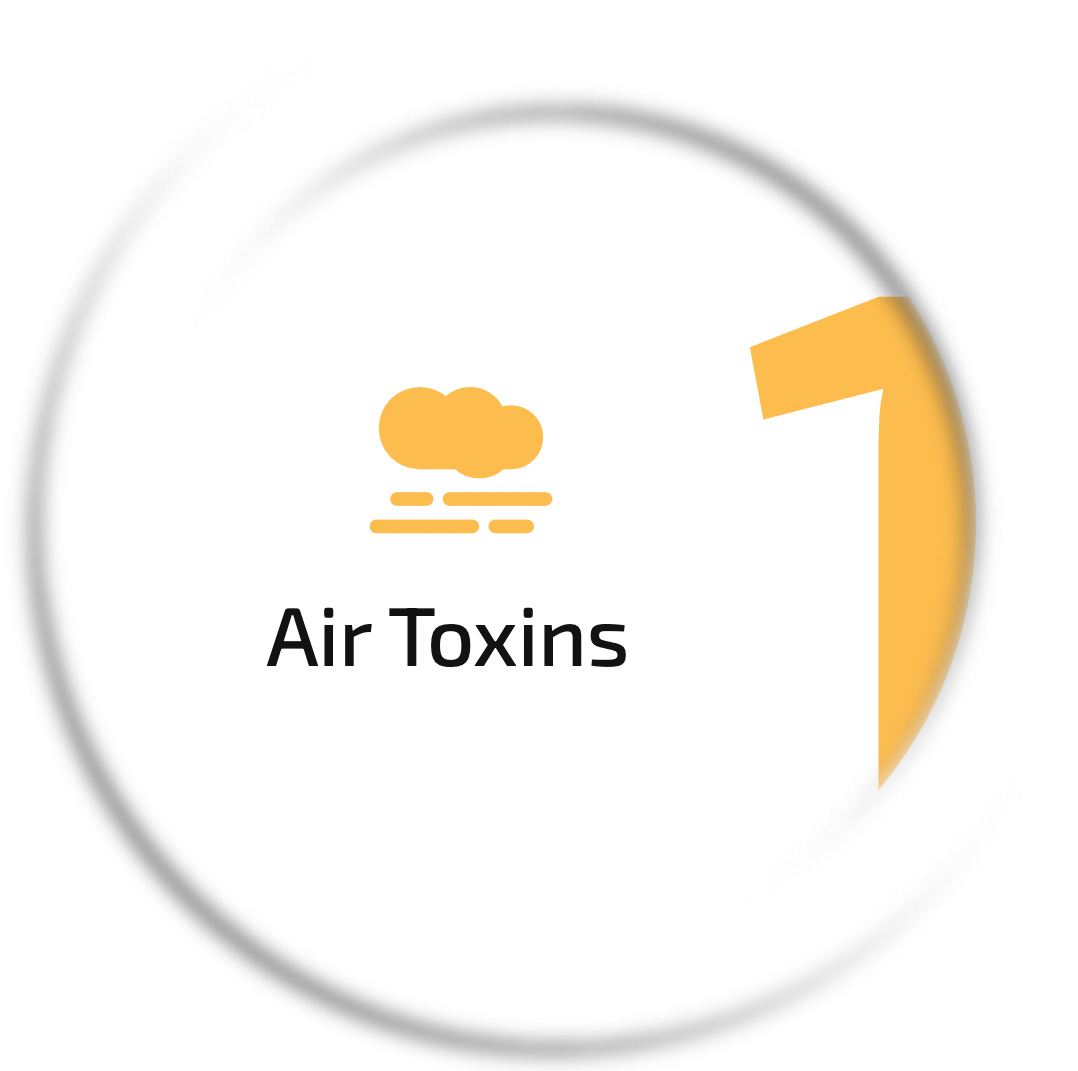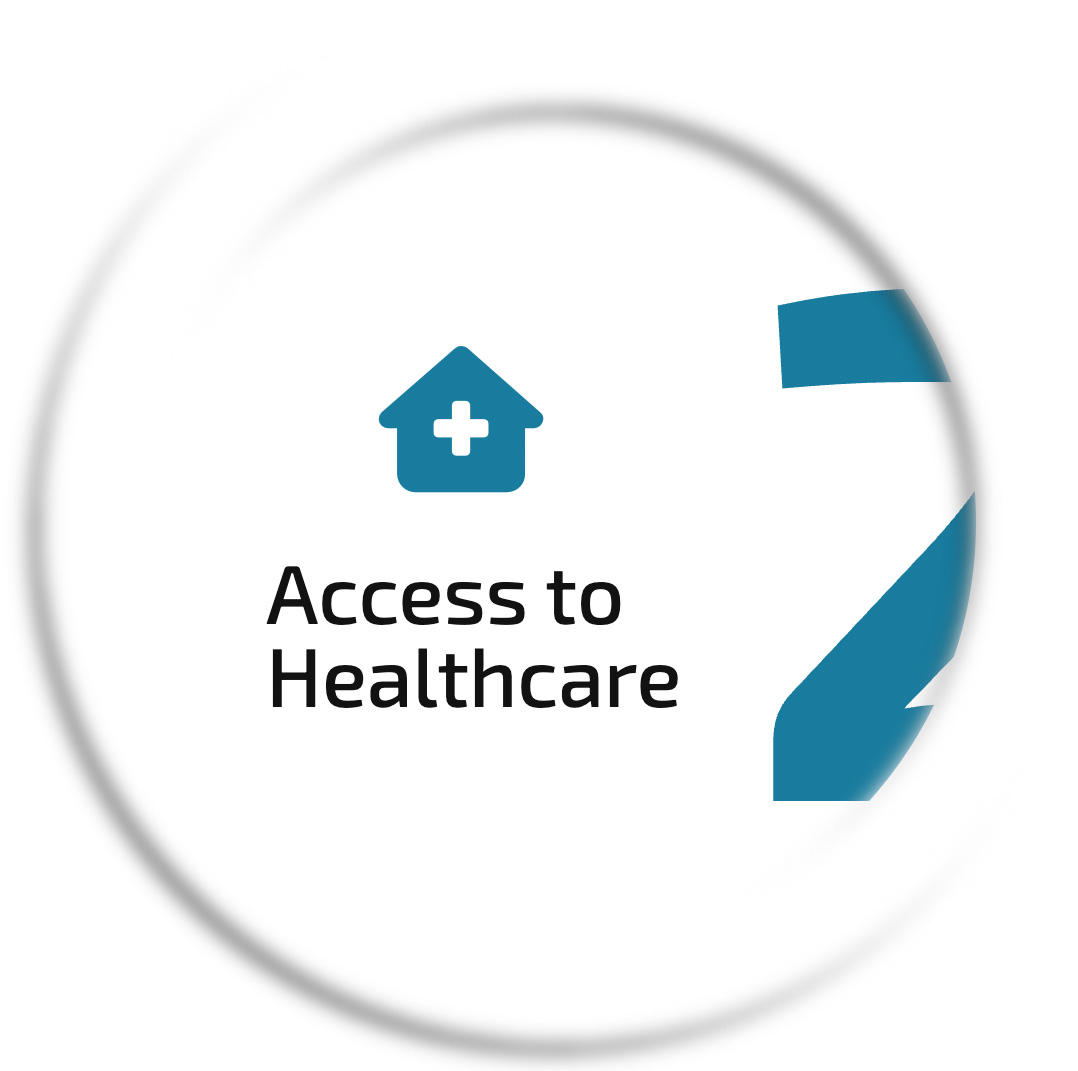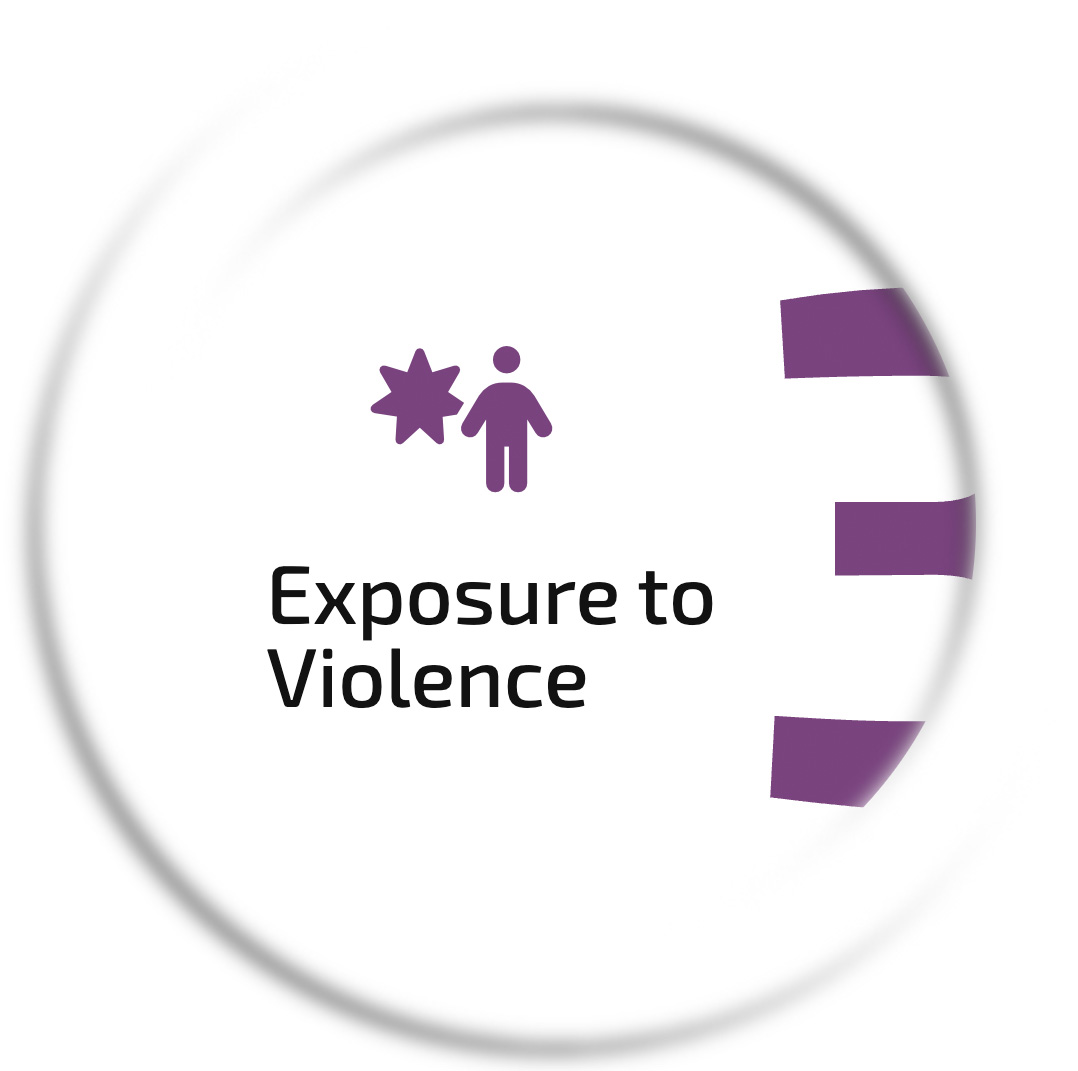Air Toxins
Research shows exposure to air toxins leads to lower test scores, behavioral issues, and high absenteeism.
In the United States, over 2.5 million students are enrolled in school districts where over 30% of families live below the poverty line. These areas, referred to as “concentrated poverty” neighborhoods, face unique geographic challenges not experienced elsewhere. Low-wealth neighborhoods are often near toxic emission sites, residents must travel far distances for basic healthcare, and children are more likely to witness violence. These factors contribute to poor health, lower educational achievement, and reduced financial stability. While cities and states are making investments to gradually improve these conditions through environmental, health, and social services policies, schools in these areas often don't receive funding to address the academic effects that students are experiencing in real time. Decades of research shows that these conditions create unique and specific learning challenges for children that require more than the standard per-pupil funding supplements for low-income students.
Students living in concentrated poverty areas often:
Schools where the majority of students are facing these challenges must operate differently than most districts in the United States. While most districts provide targeted supports for individual low-income students, schools in concentrated poverty neighborhoods must overcome conditions that are beyond their control.
For example, some districts may need additional funds to improve the air quality in their buildings or financial support to create athletic or creative spaces to help students experiencing emotional distress. They may need to fund drop-out prevention programs and extended day programming for struggling students. They may need more counselors or more adults in the classroom to help students concentrate. For younger students, a team of early interventional specialists may be recommended to address learning deficiencies before they escalate. These necessary supports often exceed the cost considerations in a typical state funding model.
Compounding the issue, these areas often have the weakest local tax bases making it difficult to secure the extra resources students need. While most states continue to commit to their legal responsibility to provide sufficient funds to ensure an equal start for all students, research suggests that recognizing the role that community conditions play in the provision of education is an imperative part of the solution.
The Concentrated Poverty Project highlights the unique challenges of high-poverty areas, which research shows negatively impact student achievement. It also offers solutions for improvement. By providing adequate funding to address the unique needs for school districts in these areas, policymakers can provide better support, leading to higher student performance and long-term success.

Research shows exposure to air toxins leads to lower test scores, behavioral issues, and high absenteeism.
Children living in areas of concentrated poverty are regularly exposed to higher levels of air toxins than their higher-income peers, often due to proximity to major highways, agricultural plants, or industrial factories. Exposure to poor air quality - here defined as air with fine inhalable particles (PM2.5) - can cause significant health risks to children, often requiring specialized nursing support in schools. In addition to these costly negative health outcomes, exposure to high levels of air pollution is linked to lower reading and math scores, higher incidence of behavioral issues, and significantly higher levels of absences. To address these challenges, school districts in poor air quality areas may require specialized facilities, additional teachers and tutors, and programs specifically aimed at mental health for students.
A study of about 10,700 children, followed from around nine months to four years old, found that children who grow up in high-poverty areas are exposed to higher levels of pollution than children who grew up in low-poverty neighborhoods. Researchers estimate that about a third of the gap in reading and math scores between four-year-olds who grew up in high- compared to low-poverty neighborhoods is due to exposure to pollution.
A study of 107,463 students in Florida showed that those exposed to higher levels of highway pollution had lower test scores and more behavioral incidents and absences than those who had little exposure. The test score reduction (3.98% of a standard deviation) is roughly similar to missing twenty-eight days of learning.
A study in California found that individuals who were not provided with air filters after a major gas leak performed substantially worse than those within a five-mile radius who were provided with air filtration. Air filtration raised math and reading scores by 20%. Natural gas was not detected inside schools, indicating that the filters improved air quality by removing common pollutants.

Lack of access to healthcare leads to higher absenteeism and poorer school performance.
Limited healthcare access causes students to miss substantial learning time due to increased illnesses, lack of required vaccinations, or untreated chronic conditions. Research has found that most concentrated poverty areas are also medically underserved, forcing families to go without care or travel far distances for care, missing critical time at school and work. Poor health nearly doubles a student's risk of chronic absenteeism, an issue that impacts an entire classroom by lowering overall academic performance. Districts serving chronically absent students may choose to deploy “learn anywhere, anytime” programs that provide technological tools and virtual tutors, or even expand school-based health services.
An analysis of twenty-one states showed that most counties with high percentages of households in poverty are very far from critical access hospitals—even though critical care hospitals are intended specifically to increase healthcare access in rural communities. In Texas, for example, 97% of high-poverty counties are more than a 30-minute drive from a critical care hospital.
Health strongly predicts chronic absenteeism. A study of a nationally representative sample of 9,350 kindergartners found that kids in fair health were 1.8 times more likely to be chronically absent than kids in excellent health.
Absent students not only harm their own academic growth—they may also negatively influence their peers. A study of a nationally representative sample of 18,170 kindergartners in 2010-11 showed that students who had more absent classmates has lower performance in reading and math and also displayed lower levels of executive functioning. Specifically, when students are part of a classroom where 5% of their classmates were absent on a typical day, their math scores went down by an amount similar to if they themselves had missed fourteen days of school.

Exposure to violence leads to lower levels of attention, lower impulse control, and lower high school testing scores.
Children exposed to violence often experience levels of trauma that affect their school performance, health, and well-being. Higher violence and homicide rates create safety concerns that keep children home from school more often when they cannot be accompanied by an adult due to work or life conditions. The trauma from violence can lower families' ability to gain financial stability and lead to behavioral and academic struggles in children. Research shows children who are exposed to neighborhood violence, especially at an early age, have lower attention levels, impulse control, and high school testing scores. Districts serving these areas could use additional resources to deploy specialized transportation for safer school access, employ trauma counselors, create smaller class sizes for more individualized attention, or provide teacher training on trauma-informed strategies.
A study of Los Angeles neighborhoods showed that neighborhood crime rates are strongly associated with multiple measures of community disadvantage: shares of households in poverty, residents without a high school degree, welfare recipients, and unemployed residents.
A study of 496 Chicago preschoolers ages three to five showed that when a homicide occurred near their home, children showed lower levels of attention and impulse control and lower pre-academic skills over the following week.
A study tracking 31,013 Chicago Public Schools students from 654 different schools shows that being exposed to neighborhood violence predicts lower test scores in eleventh grade. These results indicate that early exposure to violence may slow academic growth. By eleventh grade, students who were exposed to violence around age eight had math scores 0.24 standard deviation below their peers, which is similar to a full year of academic growth.
There are over 725 school districts in the U.S. where more than 30% of school aged children are living under the poverty line.
In this episode, Rebecca Sibilia, Executive Director of EdFund, and Tony Pipa, Senior Fellow at the Brookings Institution's Center for Sustainable Development, discuss the harsh realities faced by students in areas of concentrated poverty. These schools are often located in neighborhoods with higher levels of violence, environmental toxins, and limited access to healthcare. The episode also introduces EdFund's new Concentrated Poverty tool, which features research, toolkits, storytelling, and map visualizations that highlight the persistence of poverty in these districts, and how weighted student funding can help address some of these challenges.
In the small desert town of Calipatria, California, students face environmental challenges that threaten their health and academic success—poor air quality, toxic dust from the shrinking Salton Sea, and limited access to healthcare.
In this episode, we explore how Calipatria leveraged state funding to protect students from harmful toxins by implementing air quality monitoring programs and investing in a new community resilience hub. Featuring voices from local advocates, researchers, and policymakers, we examine how targeted school funding can break cycles of poverty and create healthier learning environments.
Warren City School District in northeastern Ohio faces significant healthcare challenges, with 45% of school-aged children living in poverty and a Medically Underserved Area (MUA) score of 60.7. Recent hospital closures in Trumbull County have worsened healthcare shortages, making access to medical care even more difficult for families.
This episode explores how a local high school leveraged funds to partner with Akron Children's Hospital to fund a new wellness and recreation center, ensuring students have access to preventive care and routine checkups despite the growing healthcare gaps in the region.
Students in high-poverty school districts face more than academic pressure—they navigate daily risks of violence that impact their well-being and education. In Detroit, where students are disproportionately exposed to violent crime, the GOAL Line program offers a safe space after school, providing enrichment activities that foster learning, stability, and hope.
In this episode, we explore how exposure to violence affects student success and highlight how community-driven solutions like the GOAL Line are making a difference.
Research shows that students in concentrated poverty districts face greater community challenges than those in higher-wealth areas, regardless of their family's income. These schools need additional resources to address external factors that hinder learning.
A 2023 study in California found that districts receiving concentrated poverty funding saw significant gains in English Language Arts and math scores among low-income and English Language Learner students. They also narrowed the college readiness gap by nine percentage points. Yet, many states still lack targeted funding to help schools address these unique challenges.
Providing additional funding to schools in concentrated poverty—beyond standard per-student investments—allows districts to address their unique challenges with targeted, flexible solutions. This approach ensures that students in high-need areas receive the resources necessary to support their learning, well-being, and long-term success.
Use the map below to see how some states are providing funding for school districts serving concentrated poverty neighborhoods.